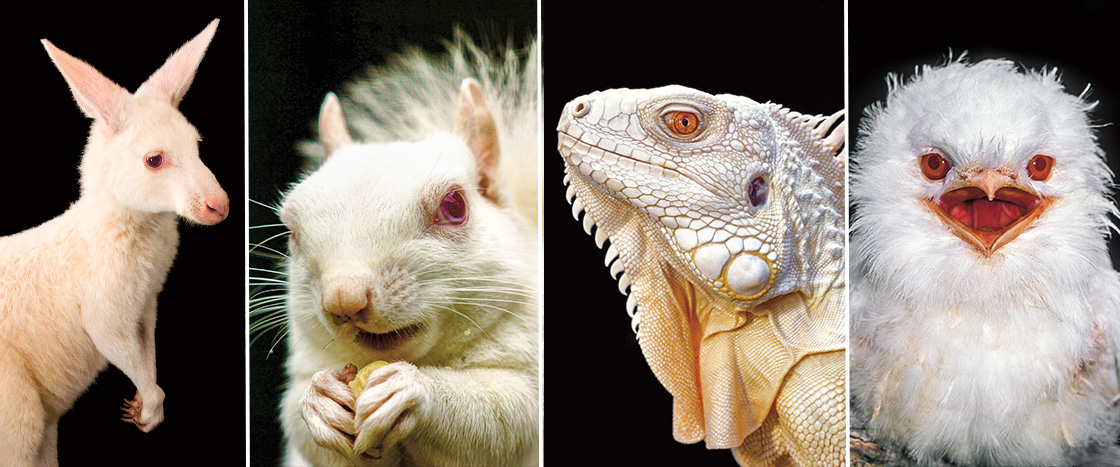Last April, a camera hidden in a forest in China snapped a photo of a passing animal. Scientists could tell from its head and body shape that it was a giant panda. Most pandas have black ears, legs, and shoulders and black patches around their eyes. But this panda’s fur was entirely white!
After examining the photo, scientists estimated that the panda was 1 to 2 years old. They determined its color was caused by a condition called albinism. Spotting the animal was lucky, says Ted Stankowich. He’s a biologist at California State University, Long Beach, who studies panda coloring. “It’s one of the first albino pandas ever seen in the wild,” he says.
Scientists took a picture of something unusual last April. They had hidden a camera in a forest. It was in China. The camera snapped a photo of an animal passing by. The scientists could tell what the creature was from its shape. It was a giant panda. Most pandas have black ears, legs, and shoulders. They also have black patches around their eyes. But this panda’s fur was all white!
The scientists believe the panda was 1 to 2 years old. They thought albinism caused its color. This condition affects more than 300 types of animals. That includes people. The bodies of animals with albinism make little or no melanin. This natural pigment gives color to many animals’ skin, hair, or fur. It also colors their feathers or scales. Albino animals are mostly colorless without it.

